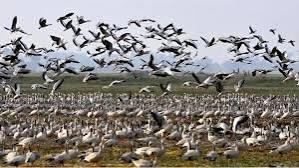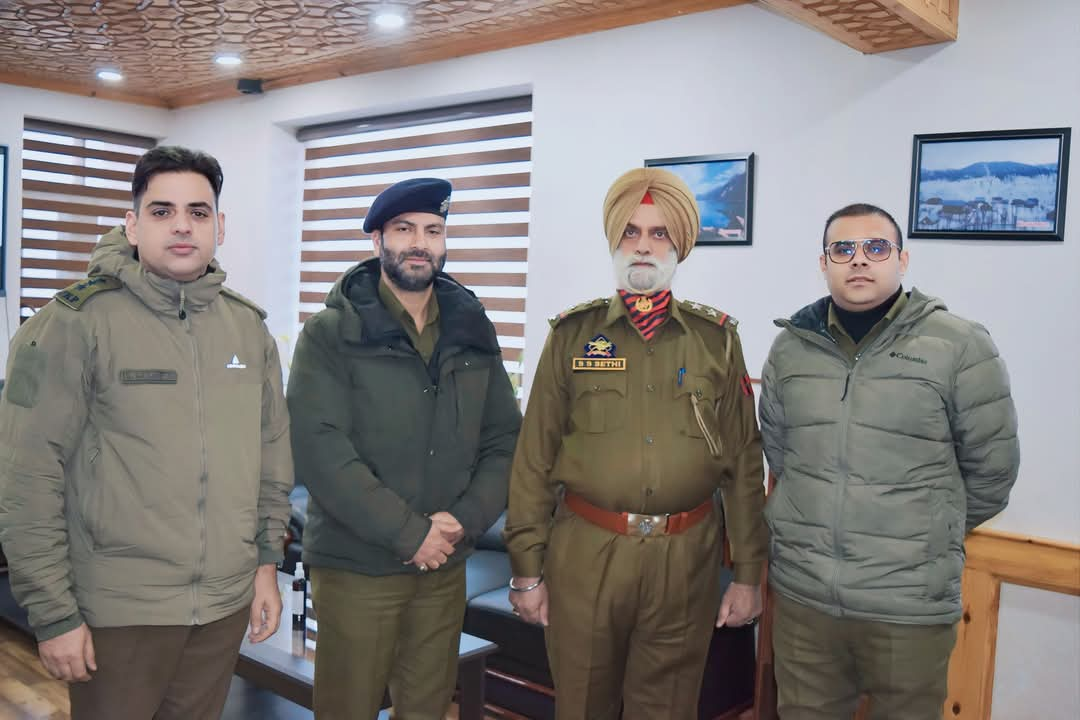Hokersar hosts first batch; wildlife dept heightens vigil against poaching With the onset of winter in the Kashmir Valley, migratory birds have started flocking to wetlands, seeking refuge from the harsher climates of Siberia, China and Eastern Europe.
According to officials from the wildlife department who spoke with the news, hundreds of birds, including species like mallards and gadwalls, have already started arriving at Hokersar.
“We are expecting a good number of migratory birds this winter season. As the temperature dips in the coming months, the number of migratory birds will increase,” the official said.
He said hundreds of migratory birds, including mallards, gadwalls and various other species, have arrived at Hokersar wetland. Notably, more than 90 species of birds trek to breed and feed in the valley’s wetlands, travelling from Siberia, China, and Eastern Europe. These include mallards, common teals, bitterns, graylag geese, pintails, shovelers, tufted ducks, and cormorants.
According to the officials, last winter recorded over 1 million bird arrivals in Kashmir. Migratory birds arrive every year to stay in lakes, marshes, and at least five wetland spots in Jammu and Kashmir, typically for about five months. The annual migration brings not only birds but also wildlife photographers, hobbyists, and bird watchers who flock to these wetlands for a glimpse of the rare visitors.
“For bird watchers, it’s an exciting time, especially as sightings can vary each year,” a local photographer said. However, despite the beauty and biodiversity, poaching remains a challenge for the wildlife department.
An official said they have already identified areas vulnerable to poaching and plan to intensify monitoring to prevent illegal activities in and around the boundaries of the wetland areas. “We are committed to safeguarding these migratory species, and efforts to prevent poaching incidents are being prioritized with extra vigilance around the wetlands,” he added.
This year, Kashmir experienced a prolonged dry spell, although recent snowfall in mountainous and hilly areas is signalling a return to colder conditions. With colder months ahead, the wetlands of Kashmir will continue to serve as a vital sanctuary for migratory birds, adding to the valley’s natural beauty and ecological diversity.









